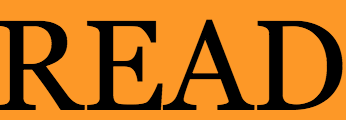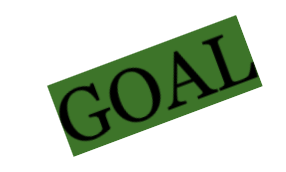
What book have you chosen for your course summative?
Notify me and your classmates of your book choice and provide a brief explanation of why you are interested in working with this book. You will post this information in your blogs. Have a look at some other students’ blogs:
Grade 10
Grade 11
 your reading speed.
your reading speed.
In the last two weeks, we have worked on annotating short fictional texts and considering them from a particular literary lens. This week we will continue to focus on reading and annotating but we will add in note making.
 The goal is to be able to read a text multiple times, make meaning with the text and make that meaning visible to yourself by annotating or marking up the text and then to gather your thinking and the evidence from the text into notes that can then be used to write or to discuss the topic/theme/ideas further.
The goal is to be able to read a text multiple times, make meaning with the text and make that meaning visible to yourself by annotating or marking up the text and then to gather your thinking and the evidence from the text into notes that can then be used to write or to discuss the topic/theme/ideas further.
So in short form, good learners
- Read a text multiple times
- Annotate the text (and answer the questions, should there be some)
- Gather your thinking & evidence into notes
In order to make this all happen, we need to be competent readers:
- Read quickly
- Read accurately
Read the article
Do a reading test
http://www.myreadspeed.com/
http://projects.wsj.com/speedread/
https://www.staples.com/sbd/cre/marketing/technology-research-centers/ereaders/speed-reader/iframe.html
In your journal, record your speed. And a comment about it. Does it need to be boosted? Is it okay? What will you do to increase your speed?
http://spritzinc.com/
 or making Reading Notes
or making Reading Notes
“On the Rainy River”
You have read it once. Re-read and annotate the text for:
- Narrative elements
- Literary devices or figurative language
- Your response to the story
- Your literary theoretical lens
Divide the story into three sections:
#1 paragraphs 1-14
#2 paragraphs 15-54
#3 paragraph 55-80
Now make a note using this template.
This work–the annotated story and the note– are due at the end of class.



